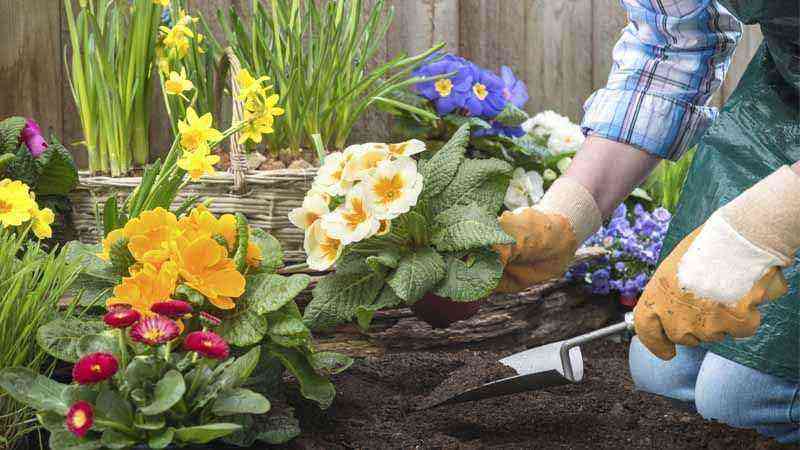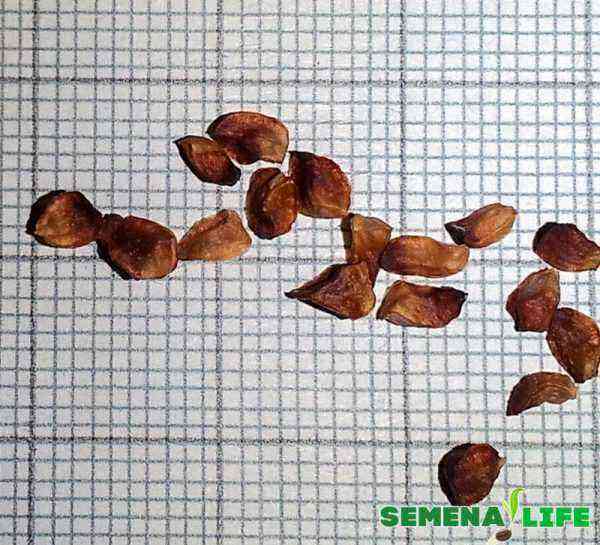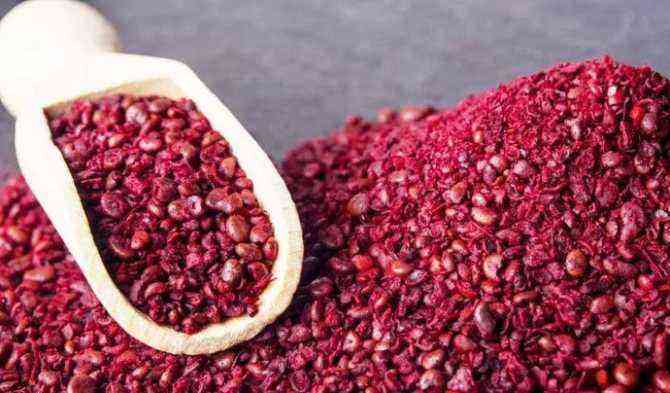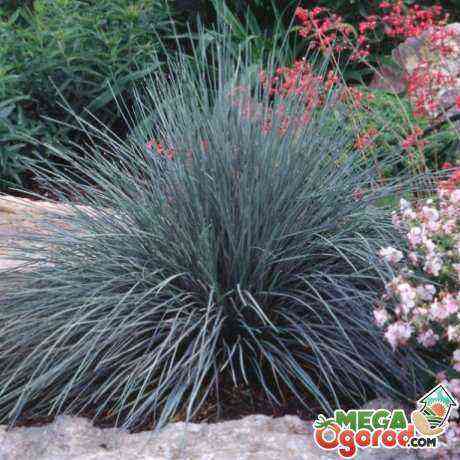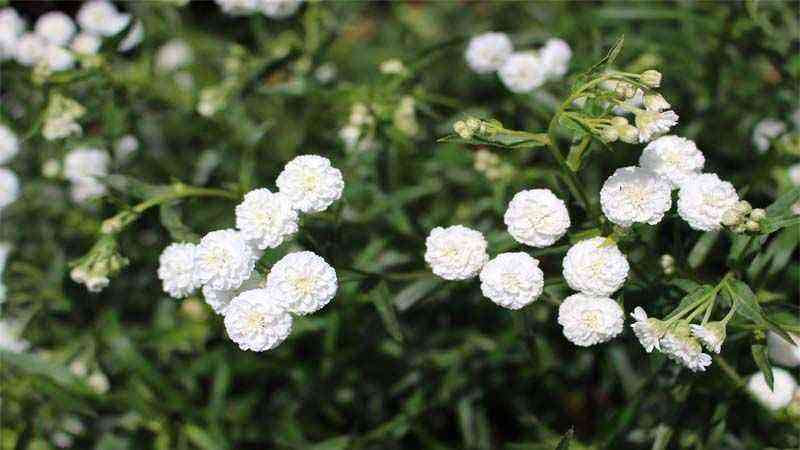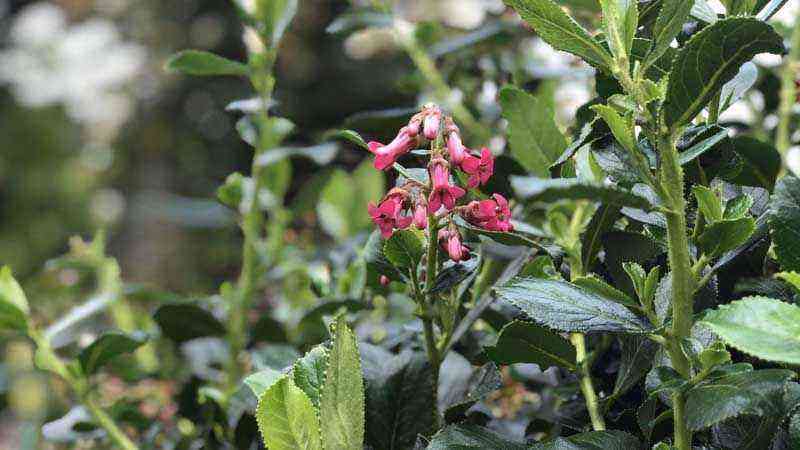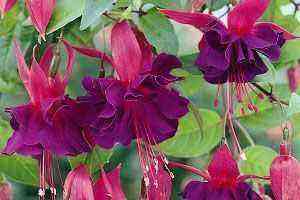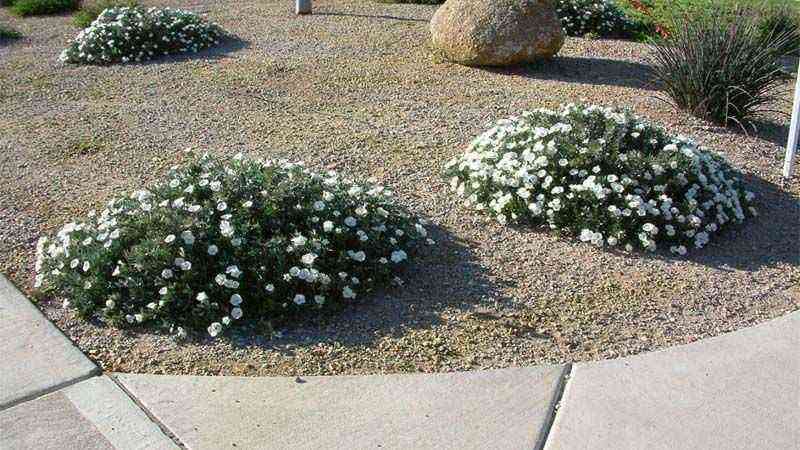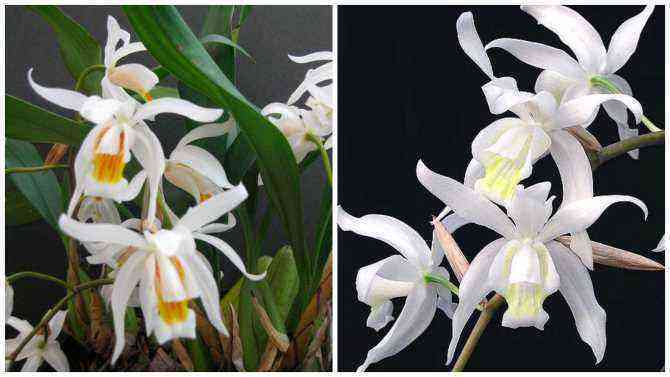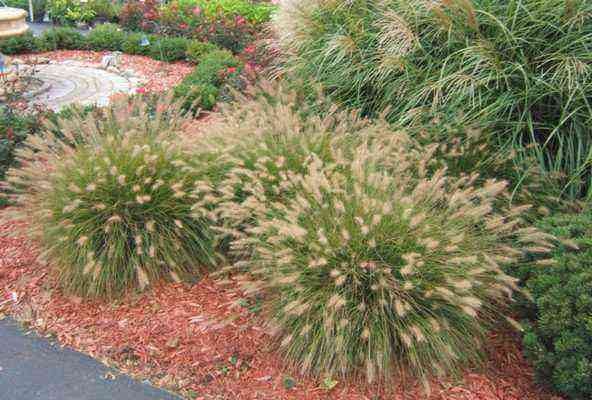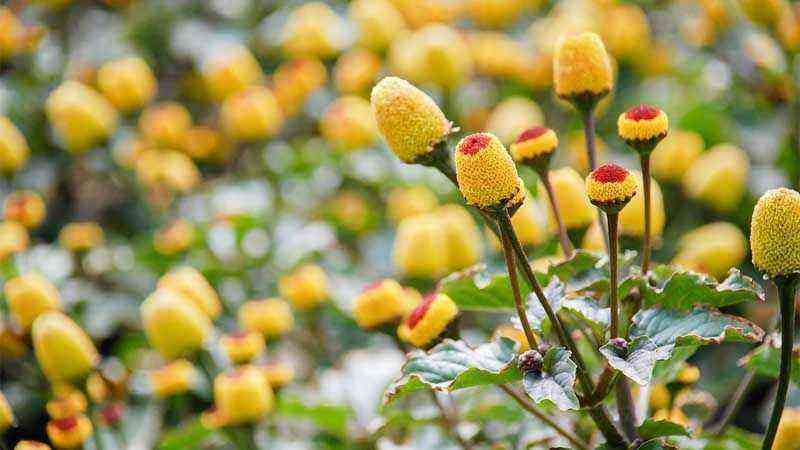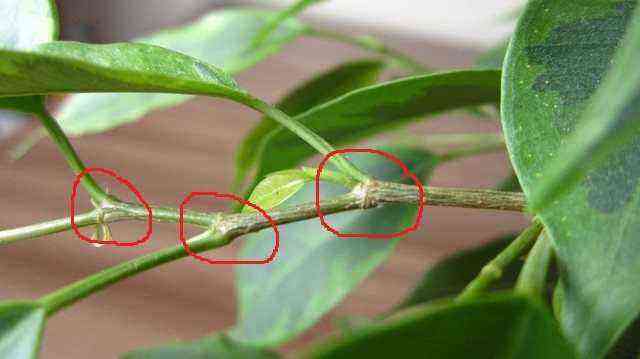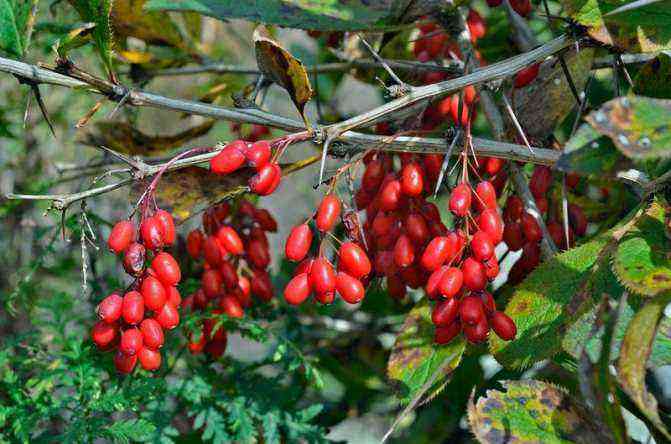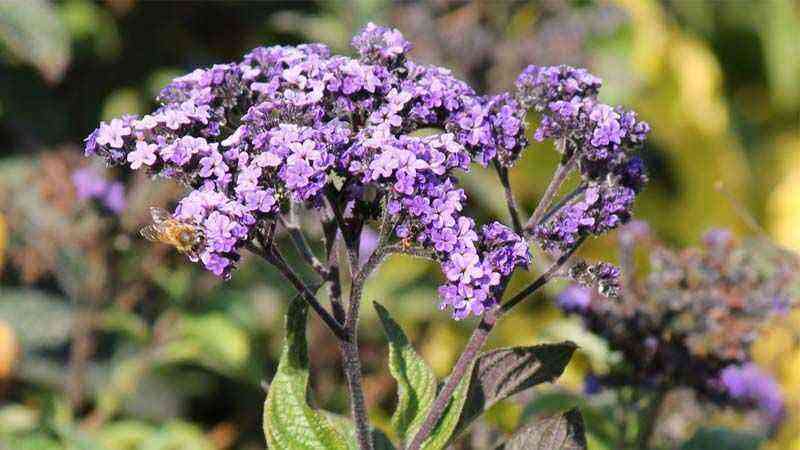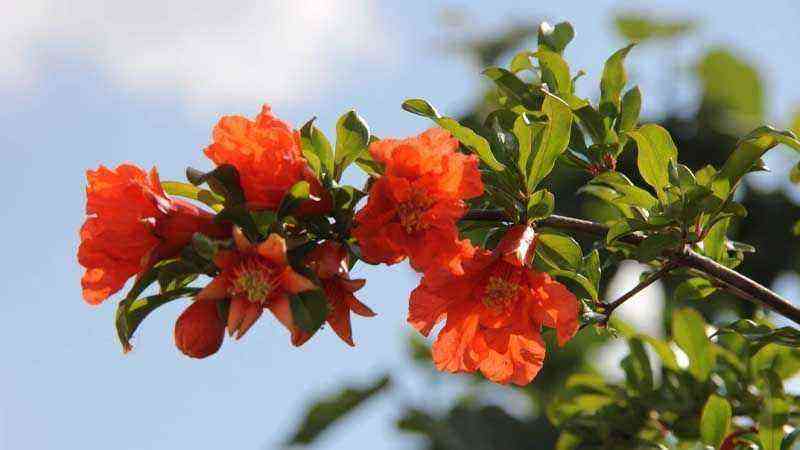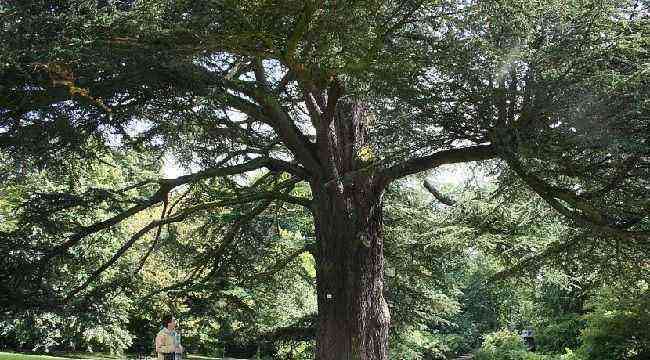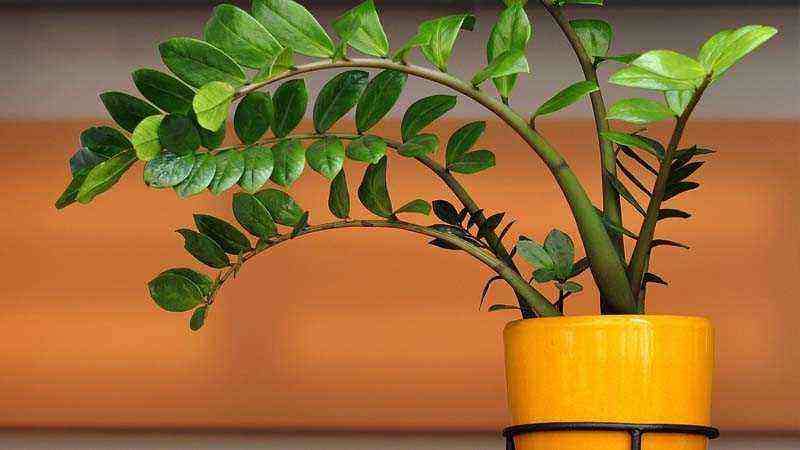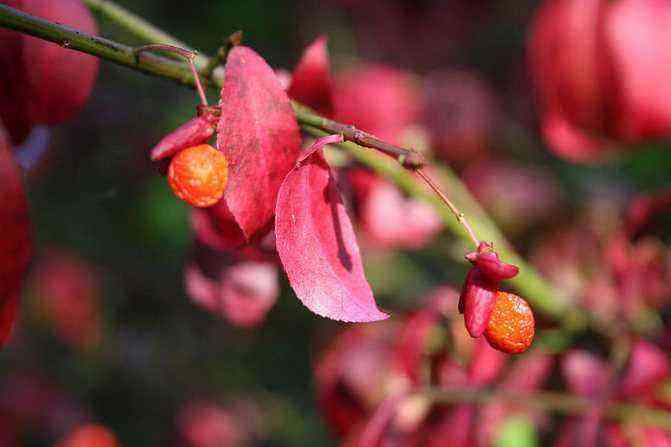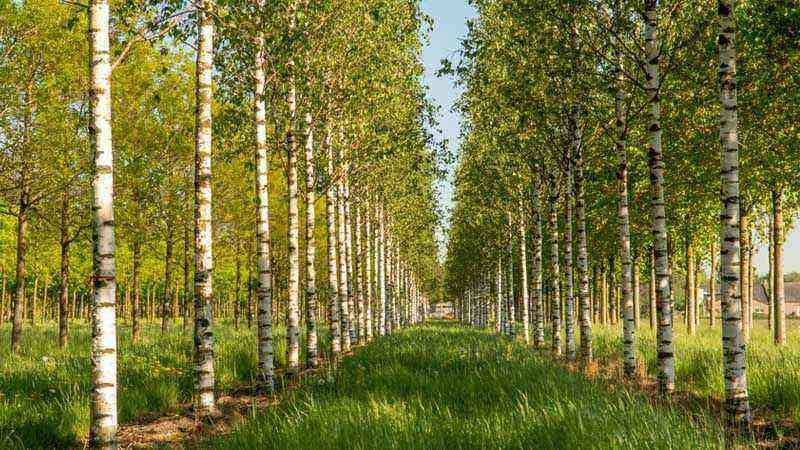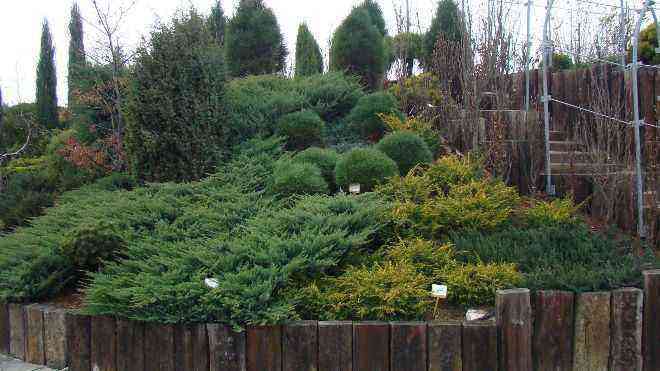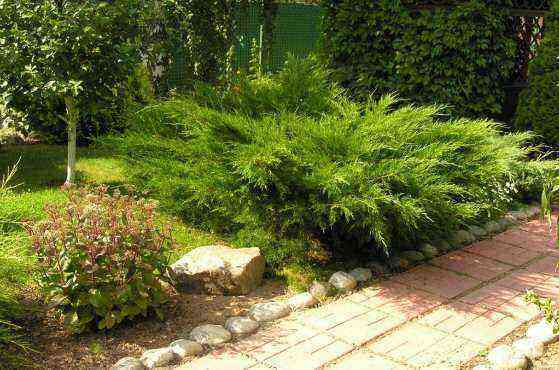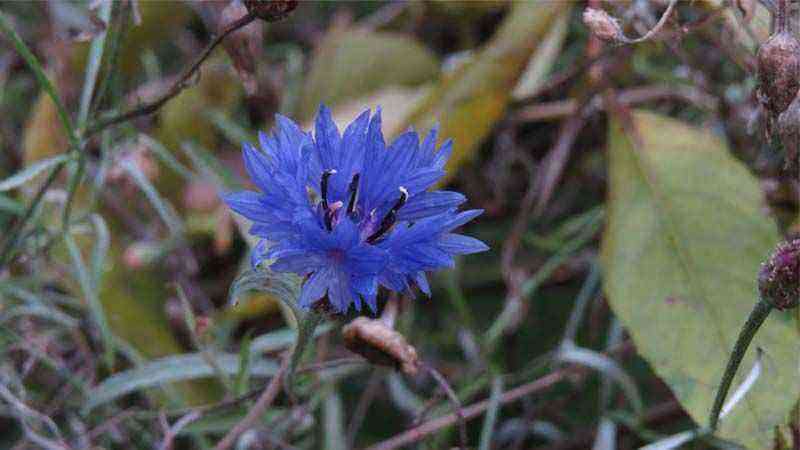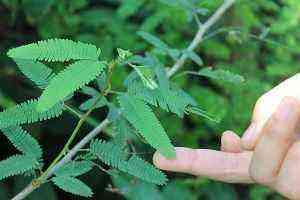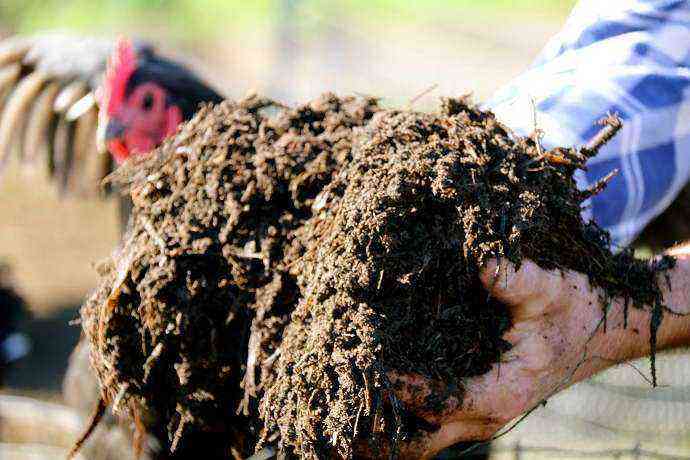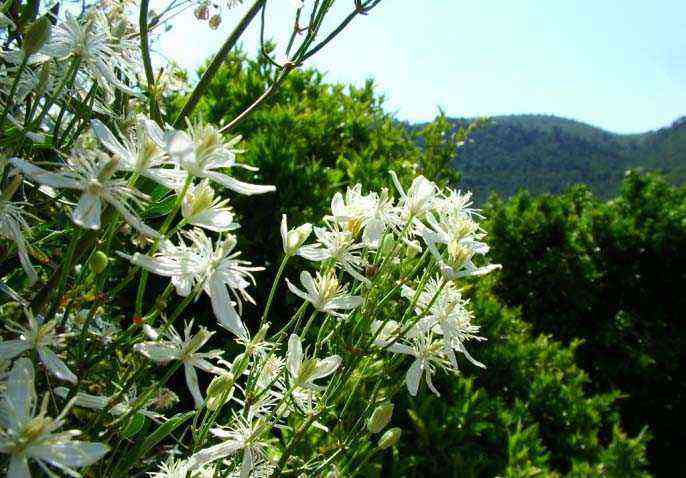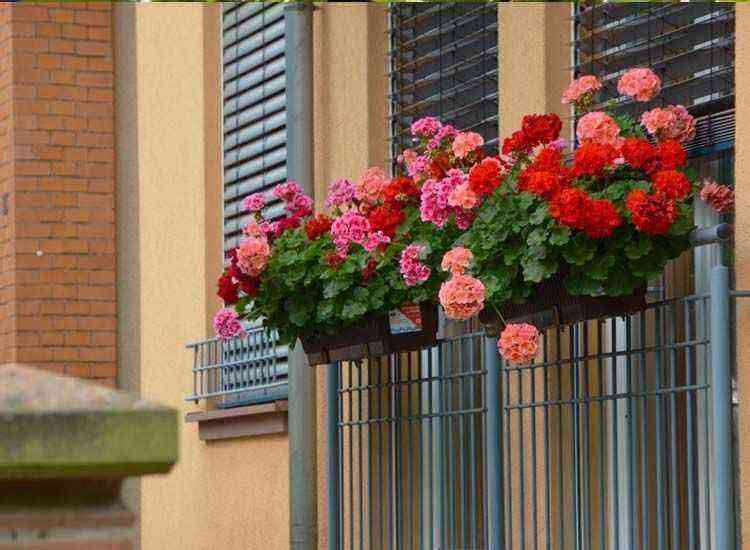Today, at Agromática, we have decided to show the main characteristics of prúmulaAs you can see in the photo, nothing goes unnoticed due to the color of its flowers. Given its conditions of adaptation to the climate, we have decided to introduce it in our category of indoor plants (we will tell you why).
But as always, you decide where to grow it, we will show you how.
Main characteristics of the genus of plants Primula
The primroses (Primula spp.), also known as springs o garden springs They belong to the family of primuláceas (some phanerogams of which about 800 species are currently known) and are usually small-growing plants (like many with showy flowers). It has its origin in China, but at the moment it is extended by all the planet, due to its wild growth in almost all the northern hemisphere.
As we will see later, the primrose presents some active substances that are used as medicinal remedies (Although, the use of this plant is more intended as an ornamental than as a medicinal one), which we will comment on in the final section.
Within the species of primroses there are many !, but they usually have a very similar or equal crop, we will know their generic crop for all of them (Primula spp.).
Primrose growing indoors or in the garden
When it comes to growing primrose, some special conditions are required, where the weather plays a very important factor. If you think that you cannot accommodate the conditions that we are going to comment on, it is as easy as growing it in a pot indoors.
Light needs
Like many herbaceous plants, primrose It is harmed by direct exposure to the Sun, and its ideal cultivation is in the shade. In autumn or winter, if you have it in a pot, there is no problem if it spends a few hours a day in the sun, since the rays are weaker than in spring or summer.
Temperature
Primrose development is focused on an exact temperature range. Namely, does not withstand high temperatures y is susceptible to frost, although it is able to withstand cold temperatures.
With the arrival of the cold, you can take this plant out to the terrace on those days when it is not very cold (and without direct exposure to the Sun, as we have commented). When we say cold we speak of 10-14 ºC.
In summer, a constant temperature must be maintained between 14 and 20 ºC, in cool, shady places.
How to water the primrose?
It is important to keep the substrate around its roots with moisture, and do not let it dry out and cake. Especially in the flowering season, we must be careful that the flowers do not get wet during the watering, as we could run the risk of them falling off. Very important the drainage of the pot or the substrate type that we use, since it must have good drainage capacity. A puddle is totally negative and will end up rotting the primrose.
Subscriber
The fertilizer is an important part especially when we grow plants with such showy flowers. In the case of primrose, the strong flowering it produces must be preceded by a subscriber with a good content of potassium and phosphorus (we will leave the nitrogen for later).
Tips for multiplying primrose
La garden spring they usually multiply by seed in the period between May and August. It usually takes between 15 and 20 days to germinate once it is sown in conditions of temperature at 18º C and constant humidity. Once the plant has grown enough (2 months) it is transplanted to a pot with good substrate where it will spend the winter protected.
Primrose varieties
European species
- Primula albenensis
- Primula allionii
- Primula Allionii «Anna Griffiths»
- Primula Allionii «Cavalry»
- Primula Allionii «Crusader»
Hybrid European species
- Primula x MIXED AIR
- Primula x AIR WAVES
- Primula x BEATRICE WOOSTER
- Primula x BROADWELL MILKMAID
- Primula x BROXBOURNE
Non-European species
- Primula AUREATA
- Primula BHUTANICA
- Primula BRACTEOSA
- CALDERIAN Primrose
- Primula CHIONANTHA
The medicinal principles of the plant
When in some cases this plant is grown in the garden with the medicinal plant interest, rhizomes (underground stems with buds) and leaves are usually collected. The flowers are of greater ornamental interest but are sometimes also used as painkillers.
To take advantage of the rhizomes or roots, they are extracted from the plant in spring, the soil that may be attached is removed and they are left dry in the sun for a while (until it remains a woody part). As for the leaves, the procedure is similar, only in this case the we will dry in the shade (in the Sun they would be very stiff).
We only have to keep both the rhizomes and the leaves in containers without moisture and well closed.
